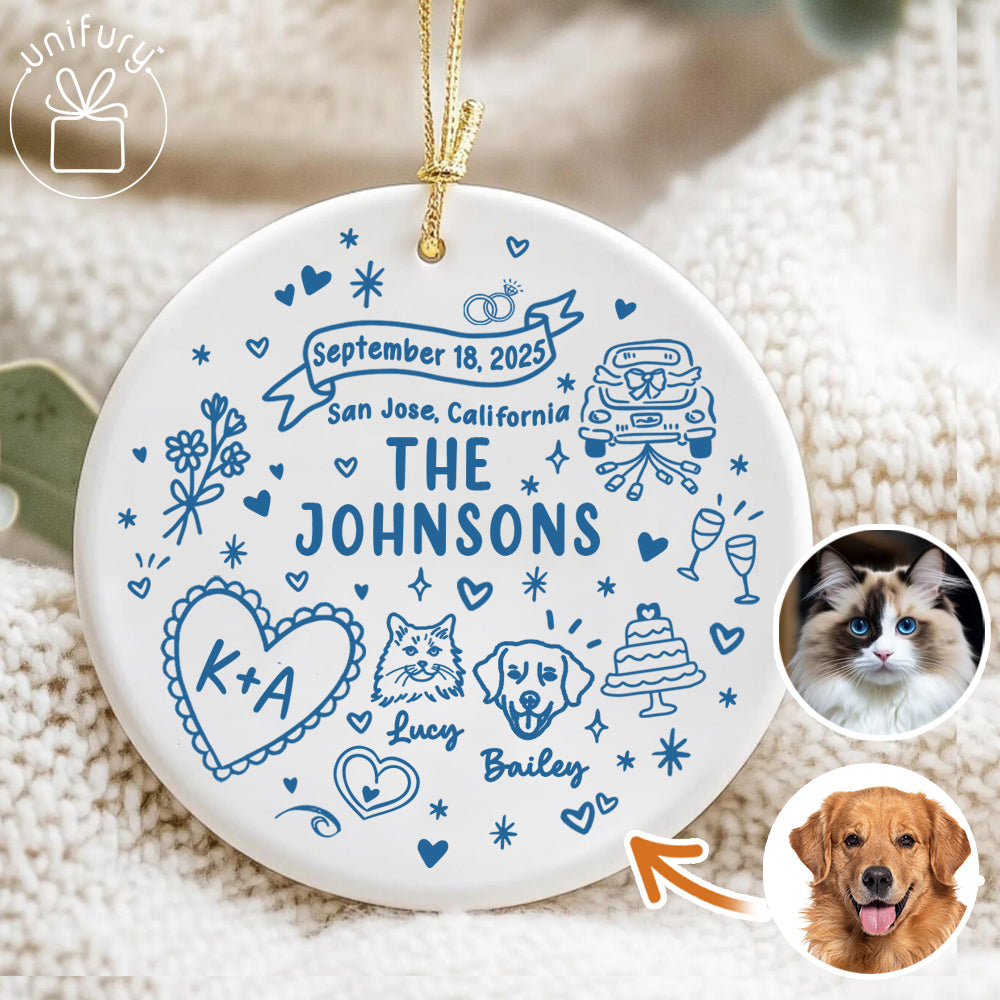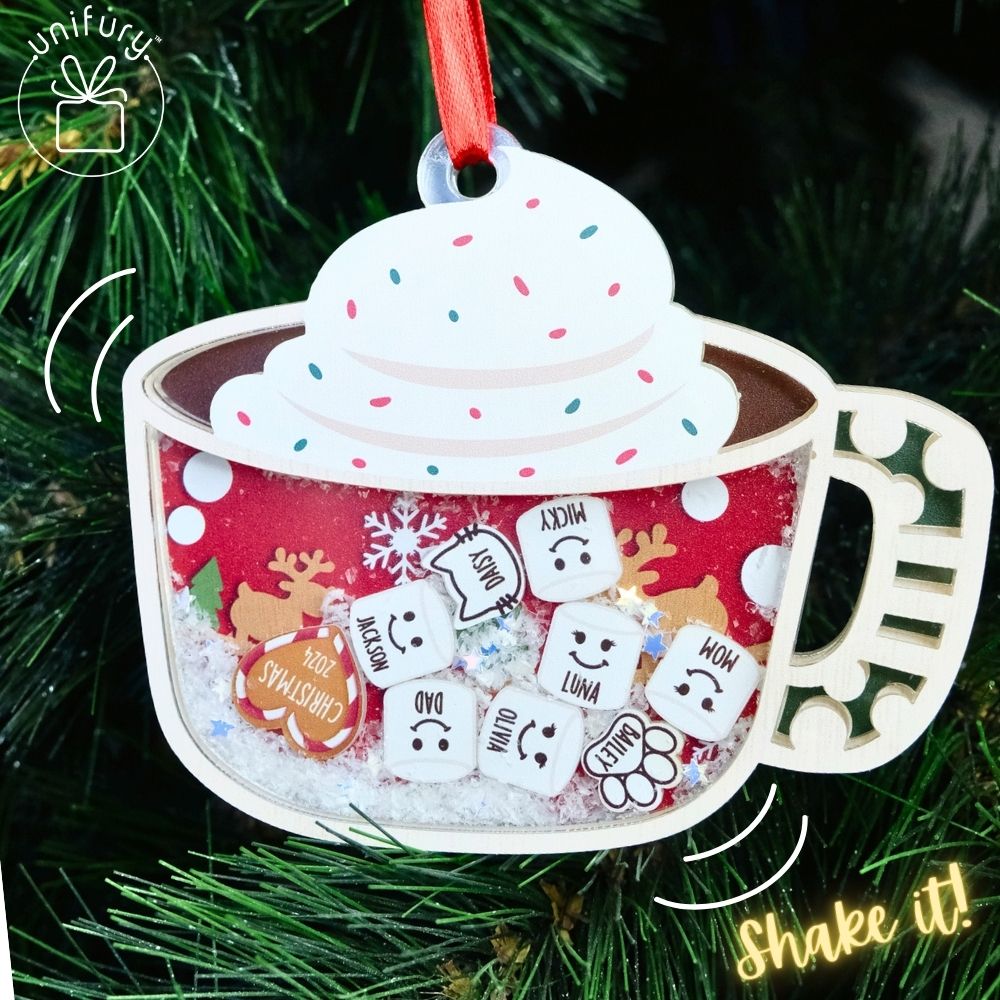
Decorating the tree is one of the most joyful and pleasant rituals that loved ones share throughout the holiday season for people who celebrate Christmas. Something about stringing the lights, flinging the tinsel, and hanging all the decorations you've gathered over the years gets you in the Christmas spirit. But, have you ever wondered what brought us to this cherished ritual that we enjoy every year, especially why we place ornaments on Christmas trees? So, wonder no longer- here's how it all began.
A Brief History Of Ornaments
We name them "Christmas" trees, yetthe history of Christmas tree ornaments predates the Christmas season. According to evidence, the habit of decorating the home with evergreen boughs for the winter solstice dates back to the ancient Egyptians. The reassuring presence of evergreen vegetation provided hope throughout winter's chilly days and long nights, and it had a similar role in the Druid, Roman, and Viking winter solstice celebrations.

The “modern” Christmas tree custom is considered to have started in 16th century Germany when miniature evergreen trees were adorned as "Paradise trees" in church performances with items like candles, apples, nuts, and berries. Devout Christians gradually included these decked trees in their homes throughout Christmas. The custom, which later became a Christian ceremony, expanded throughout Europe.
Saint Boniface was on an evangelistic mission while he traveled across Germany. Boniface came across a pagan gathering. People were dancing around a decked oak tree, getting ready to sacrifice a baby in Thor's honor.
Boniface was horrified by the sight and cut down the oak tree in the name of Jesus Christ with one stroke of an axe. The fall of the oak tree exposed a little fir tree. Boniface explained to the gathering that the fir tree represents the one true God; its leaves are always green and never die, and even its needles point to heaven. Tradition holds that from that point forward, fir trees were carried into Christian houses and adorned in the name of Jesus. This answers the question, “why do we use Christmas trees?”.
In the 18th and 19th centuries, German immigrants carried this ritual to America, where Puritanical Christian organizations quickly condemned it because to its historically pagan implications. While it took some time for this practice to catch on, tiny communities of German-born settlers confirmed its persistence as early as the mid-1700s.
A published portrayal of Queen Victoria spending Christmas with her German-born husband, Prince Albert, and their family around a decorated evergreen tree in the late 1840s changed the ritual into a fashionable one that wealthy Americans quickly hastened to embrace. Local firms quickly recognized the ornament's economic potential.
By the 1890s, Woolworth's Department Store in the United States was selling $25 million in the lead and hand-blown glass decorations imported from Germany. Tree ornaments got more artistic as time passed, including new materials such as tinsel, silk, and wool.
As the Christmas bauble became a multinational commercial enterprise, Germany competed with Japanese and Eastern European mass production, formerly the dominant maker of handcrafted ornaments. By the mid-1930s, the United States had imported over 250,000 ornaments.
Hallmark debuted its "Keepsake" ornaments in 1973, giving these decorations collector value. The original collection included glass baubles and little yarn figurines, and each subsequent line of limited-edition decorations has been year-specific.
The Christmas tree has lost most of its religious meaning nowadays. Families of all religions worldwide look forward to the time of year when they may dust off their decorations once again, since it has become a fully integrated cross-cultural winter custom.

What Ornaments On A Christmas Tree Represent
“Decoration items, usually to decorate Christmas trees” is theornaments definition. But why do we put up Christmas trees? The response has a historical origin but has also become a family custom. It is a time to meet as a family, reflect on the year, and prepare for the forthcoming Christmas season with the people we love the most.

Many people ownornaments with meaning to tell, and these decorations allow the family to reminisce on travels, activities, hobbies, and interests. Each family's Christmas tree offers a unique and lovely tale about themselves. Traditional ornament collections are passed down through generations. Ask a friend about the history of their ornaments or theChristmas balls meaning the next time you come into their home, you could learn something interesting.
Wrapping Up
And that is the history and meaning behind your winter decorations. Hopefully, with the information shared, you have had a deeper look and appreciated these seemingly small but meaningful decorations. Thanks for reading, and stay tuned!


















Leave a comment